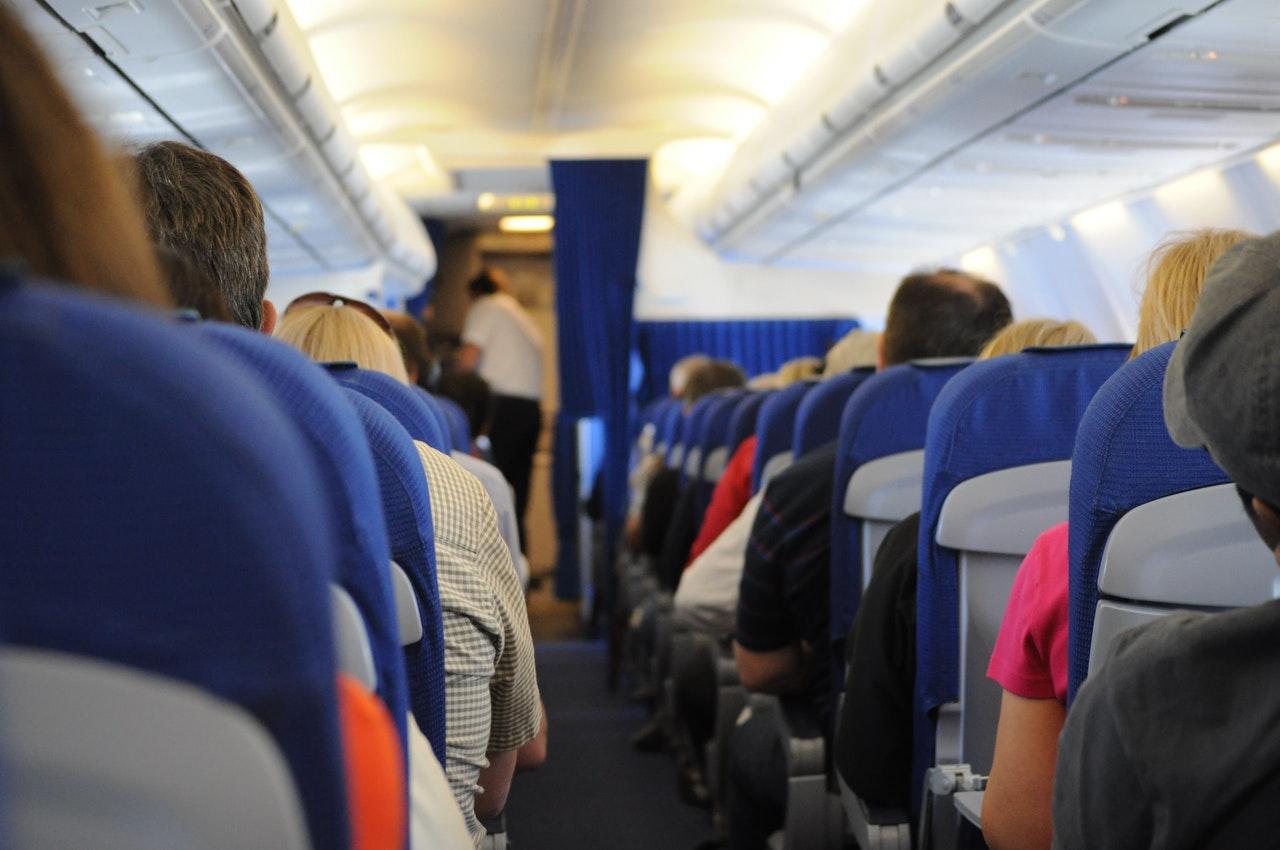Futuristic Flying-V jetliner model completes first test flight
The reduced weight and unique shape of the Flying-V could see it use 20% less fuel than an Airbus A350, the most advanced commercial aircraft in action today.
Just In
KLM Royal Dutch Airlines has tested a scale model of a futuristic airplane, developed with researchers at Delft University of Technology in the Netherlands.
A team of researchers and engineers tested the aircraft at a guarded airbase in Germany, where they worked with an Airbus team to test take-offs, flying manoeuvres, approaches, and landing.
Remotely controlling the aircraft, researchers managed to take off at a speed of 80kph, says a statement from Delft UT.
Experts plan to use the data collected from the test flight to programme a flight simulator.
KLM says the Flying-V was originally conceptualised as a revolutionary commercial passenger aircraft design for the future.
According to the team, the reduced weight and unique shape of the Flying-V could see it use 20% less fuel than an Airbus A350, the most advanced commercial aircraft in action today.
Although smaller than the A350, the Flying-V has the same wingspan and can carry the same number of passengers, 314, and the same volume of cargo.
The Flying-V will be able to use existing infrastructure at airports, such as gates and runways, without difficulty and the aircraft will also fit into the same hangars as the A350.
The engine of the Flying-V could be the most innovative part of the aircraft.
According to KLM, the plane is equipped with the most fuel-efficient turbofan engines that currently exist. There are plans to electrically boost the turbofans.
On top of that, the team is trialling alternative forms of fuel, given that the design lends itself to carrying liquid hydrogen instead of kerosene.
Where the Flying-V would offer major performance benefits, however, is through improved aerodynamics due to its overall smaller airframe. Less mass means less resistance, which means less fuel is needed to carry the Flying-V to its destination.
But there are still years of work to be done before it takes to the skies with passengers aboard.
The full-size Flying-V should be flying around 2040.
Subscribe to our newsletter
To be updated with all the latest news and analyses daily.
Most Read
No articles found.
